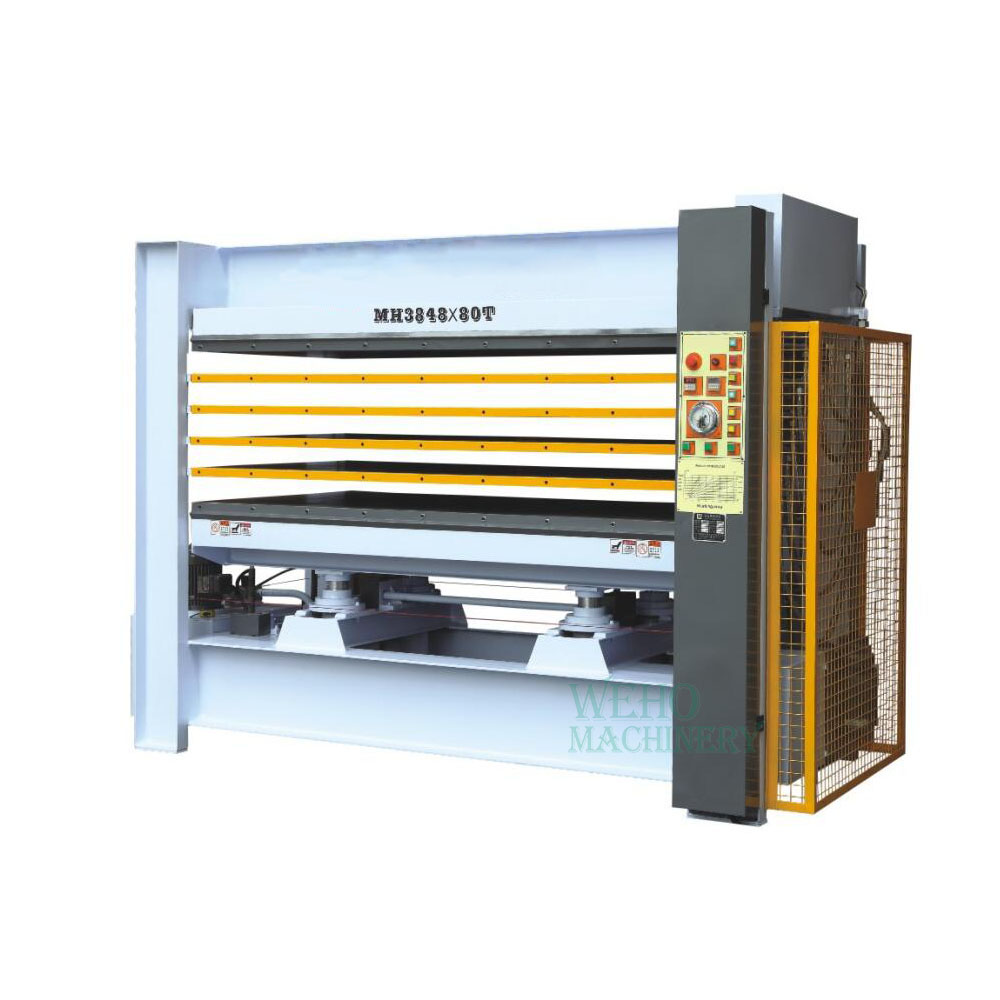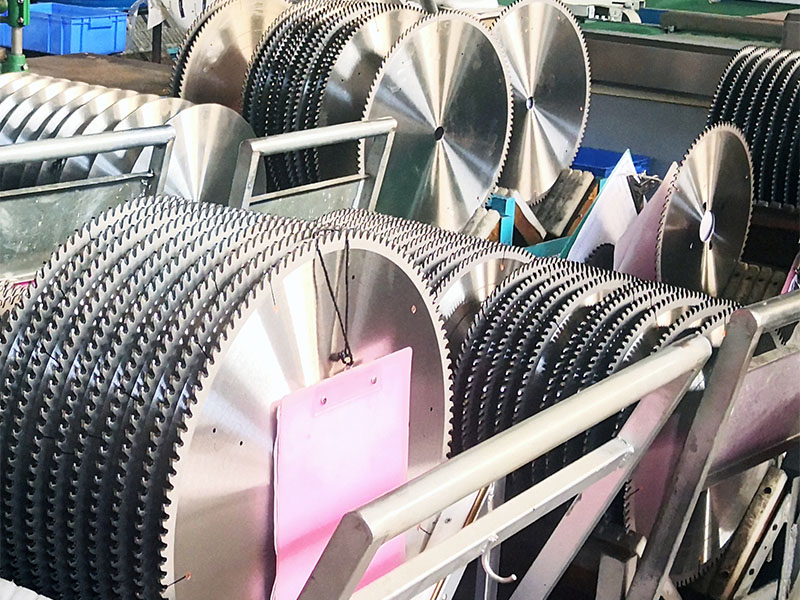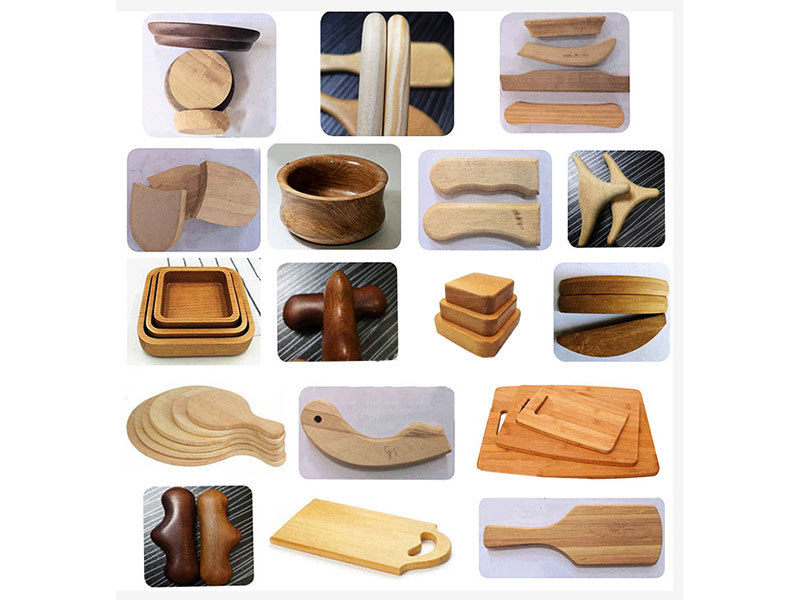
Why is the hydraulic press so powerful?
Hydraulic press (also known as: hydraulic press) Hydraulic press is a machine that uses hydrostatic pressure to process metal, plastic, rubber, wood, powder and other products. It is commonly used in pressing process and press forming process, such as: forging, stamping, cold extrusion, straightening, bending, flanging, sheet drawing, powder metallurgy, pressing and so on.
Its principle is to use Pascal's law to make use of liquid pressure transmission machinery, there are many types. Of course, the use is also varied according to needs. For example, according to the type of liquid that transmits pressure, there are two types of hydraulic presses and hydraulic presses.
The total pressure generated by the hydraulic press is large and is often used in forging and stamping. Forging hydraulic press is divided into die forging hydraulic press and free forging hydraulic press. Die forging hydraulic presses use molds, while free forging hydraulic presses do not use molds. The first 10,000-ton hydraulic press manufactured in my country is a free forging hydraulic press.
The basic principle is that the oil pump transports the hydraulic oil to the integrated cartridge valve block, and distributes the hydraulic oil to the upper cavity or lower cavity of the oil cylinder through each one-way valve and relief valve, and makes the oil cylinder move under the action of high pressure oil. It is a device that uses liquid to transmit pressure. Liquids obey Pascal's law when they transmit pressure in a closed container. The hydraulic transmission system of the four-column hydraulic press consists of a power mechanism, a control mechanism, an executive mechanism, an auxiliary mechanism and a working medium. The power mechanism usually uses an oil pump as the power mechanism, generally an accumulating oil pump. In order to meet the requirements of the movement speed of the actuator, choose one oil pump or multiple oil pumps. Gear pump for low pressure (oil pressure less than 2.5MP); vane pump for medium pressure (oil pressure less than 6.3MP); plunger pump for high pressure (oil pressure less than 32.0MP). Pressure processing and forming of various plastic materials, such as extrusion, bending, stretching of stainless steel plates and cold pressing of metal parts, and also used for pressing of powder products, grinding wheels, bakelite and resin thermosetting products.
The function of the working medium used in the hydraulic press is not only to transmit the pressure, but also to ensure that the working parts of the machine are sensitive, reliable, long-lived and less leaking. The basic requirements of hydraulic presses for the working medium are: ① have suitable fluidity and low compressibility to improve the efficiency of transmission; ② can prevent rust; ③ have good lubrication performance; ④ easy to seal; ⑤ stable performance, long-term work rather than deteriorating. The hydraulic press initially used water as the working medium, and later switched to an emulsion made by adding a small amount of emulsified oil to the water to increase lubricity and reduce rust. In the late 19th century, hydraulic presses using mineral oil as the working medium appeared. Oil has good lubricity, corrosion resistance and moderate viscosity, which is beneficial to improve the performance of hydraulic presses. In the second half of the 20th century, a new type of water-based emulsion appeared, and its emulsification form was "water-in-oil" instead of the original "oil-in-water". The external phase of "water-in-oil" emulsion is oil, its lubricity and corrosion resistance are close to oil, and its oil content is very small, and it is not easy to burn. However, the water-based emulsion is expensive, which limits its promotion.
Its principle is to use Pascal's law to make use of liquid pressure transmission machinery, there are many types. Of course, the use is also varied according to needs. For example, according to the type of liquid that transmits pressure, there are two types of hydraulic presses and hydraulic presses.
The total pressure generated by the hydraulic press is large and is often used in forging and stamping. Forging hydraulic press is divided into die forging hydraulic press and free forging hydraulic press. Die forging hydraulic presses use molds, while free forging hydraulic presses do not use molds. The first 10,000-ton hydraulic press manufactured in my country is a free forging hydraulic press.
The basic principle is that the oil pump transports the hydraulic oil to the integrated cartridge valve block, and distributes the hydraulic oil to the upper cavity or lower cavity of the oil cylinder through each one-way valve and relief valve, and makes the oil cylinder move under the action of high pressure oil. It is a device that uses liquid to transmit pressure. Liquids obey Pascal's law when they transmit pressure in a closed container. The hydraulic transmission system of the four-column hydraulic press consists of a power mechanism, a control mechanism, an executive mechanism, an auxiliary mechanism and a working medium. The power mechanism usually uses an oil pump as the power mechanism, generally an accumulating oil pump. In order to meet the requirements of the movement speed of the actuator, choose one oil pump or multiple oil pumps. Gear pump for low pressure (oil pressure less than 2.5MP); vane pump for medium pressure (oil pressure less than 6.3MP); plunger pump for high pressure (oil pressure less than 32.0MP). Pressure processing and forming of various plastic materials, such as extrusion, bending, stretching of stainless steel plates and cold pressing of metal parts, and also used for pressing of powder products, grinding wheels, bakelite and resin thermosetting products.
The function of the working medium used in the hydraulic press is not only to transmit the pressure, but also to ensure that the working parts of the machine are sensitive, reliable, long-lived and less leaking. The basic requirements of hydraulic presses for the working medium are: ① have suitable fluidity and low compressibility to improve the efficiency of transmission; ② can prevent rust; ③ have good lubrication performance; ④ easy to seal; ⑤ stable performance, long-term work rather than deteriorating. The hydraulic press initially used water as the working medium, and later switched to an emulsion made by adding a small amount of emulsified oil to the water to increase lubricity and reduce rust. In the late 19th century, hydraulic presses using mineral oil as the working medium appeared. Oil has good lubricity, corrosion resistance and moderate viscosity, which is beneficial to improve the performance of hydraulic presses. In the second half of the 20th century, a new type of water-based emulsion appeared, and its emulsification form was "water-in-oil" instead of the original "oil-in-water". The external phase of "water-in-oil" emulsion is oil, its lubricity and corrosion resistance are close to oil, and its oil content is very small, and it is not easy to burn. However, the water-based emulsion is expensive, which limits its promotion.




